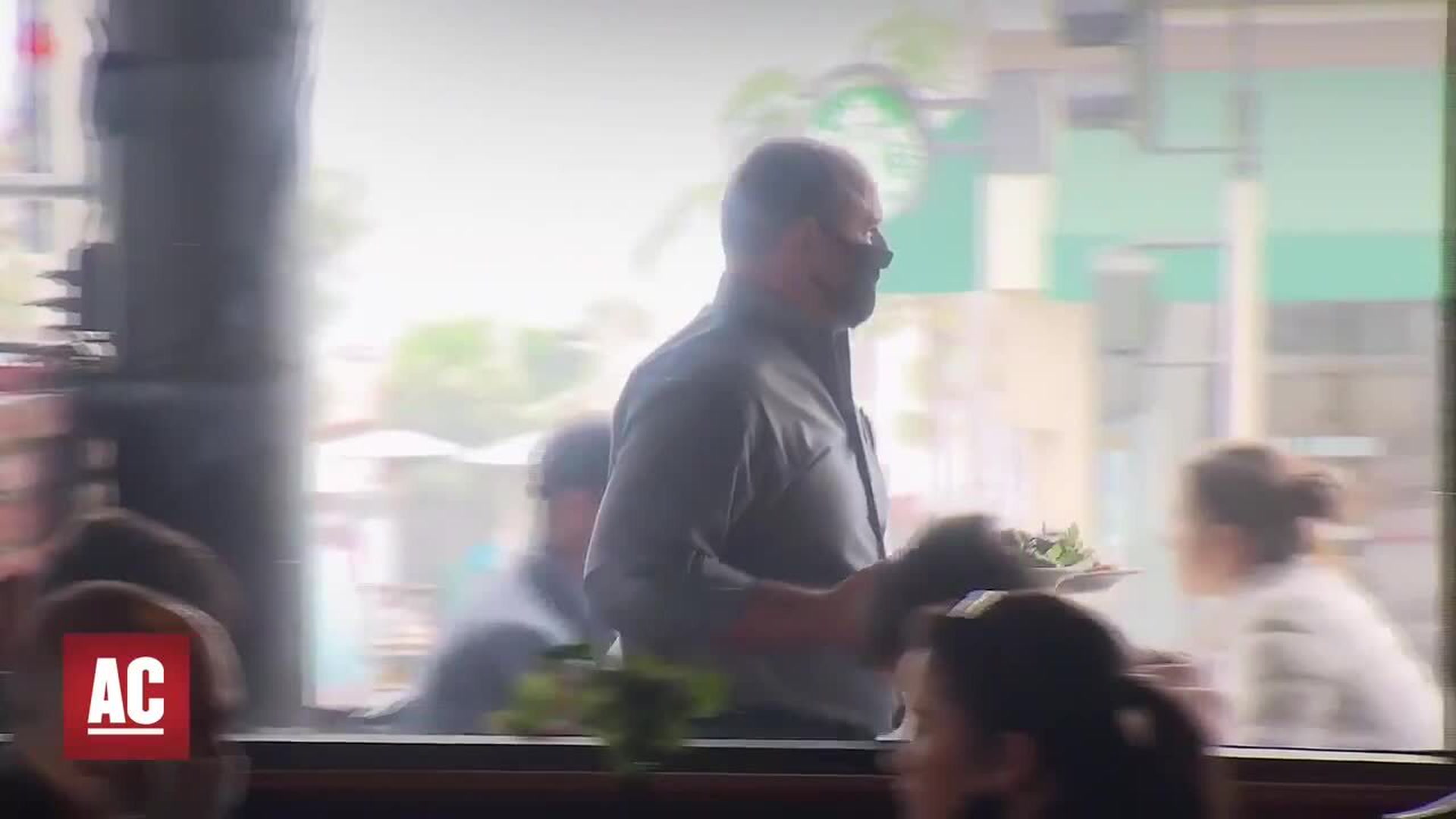Reporters from Reuters and Al Jazeera were likely deliberately targeted by an airstrike that killed one and injured six others on the border between Israel and Lebanon, according to Reporters Without Borders (RSF).
Issam Abdallah, a 37-year-old photo journalist for Reuters, was killed while covering conflict between Israeli forces and Lebanese militant group Hezbollah. Two explosives suddenly struck the village of Alma al-Shaab on Oct. 13, killing Abdallah and injuring six other reporters, while blowing up a vehicle from Al Jazeera.
The independent investigation by RSF found that the strikes came in quick succession “from the direction of the Israeli border," which "clearly indicate precise targeting."
"According to the ballistic analysis carried out by RSF, the shots came from the east of where the journalists were standing; from the direction of the Israeli border," the report states. "Two strikes in the same place in such a short space of time (just over 30 seconds), from the same direction, clearly indicate precise targeting."
Dozens of Journalists Killed In Israel-Gaza Conflict

The Israeli military did not confirm nor deny involvement in the strikes, but officials at the time noted they were “very sorry” for Abdallah’s death and were “looking into it." The RSF said it was "unlikely" the group was "mistaken for combatants" due to their position, and clearly-labelled "press" attire and equipment.
The report also noted that an Israeli helicopter flew over the group seconds before the strike, which also occurred on Oct. 9, when an Israeli helicopter flew over a group of Al Jazeera journalists in southern Lebanon shortly before a missile fell next to their car, which was also labelled "press."
“It is unlikely that the journalists were mistaken for combatants, especially as they were not hiding: in order to have a clear field of vision, they had been in the open for more than an hour, on the top of a hill," the report said of the Oct. 13 strikes. "They were wearing helmets and bullet-proof waistcoats marked ‘press.' Their car was also identified as ‘press’ thanks to a marking on the roof, according to witnesses."
The attack would not be the first instance the Israeli military has been found culpable in the deaths of journalists. Following the death of Al Jazeera journalist Shireen Abu Akleh last year, the Israeli government first denied having a role in her killing, but later confessed after multiple independent investigations confirmed that only an Israeli soldier could have shot her.
According to the Committee to Protect Journalists, 36 journalists have been killed since the Hamas attacks on Oct. 7. and subsequent Israeli retaliation, including 24 Palestinian, four Israeli, and one Lebanese.The CPJ report noted that journalists are facing "a ground assault by Israeli troops, devastating Israeli airstrikes, disrupted communications, and extensive power outages," which have been key factors contributing to the deaths seen so far.
- Queering the Map in Gaza: LGBTQ+ Palestinians Pay Tribute to Deceased Loved Ones ›
- Palestinians Fear Another Exodus Is on the Horizon: 'They Would Rather Die in Gaza Than Move' ›
- Palestinians Lament Israeli Airstrikes Endangering Civilians in Gaza: 'We're Not Hamas' ›
- UN Sounds Alarm on 'Risk of Genocide' Against Palestinians ›
- Republicans Push 'Deeply Flawed' Government Funding Proposal ›
- Gaza Hospitals Forced to Halt Operations by Israeli Blockade ›



















































